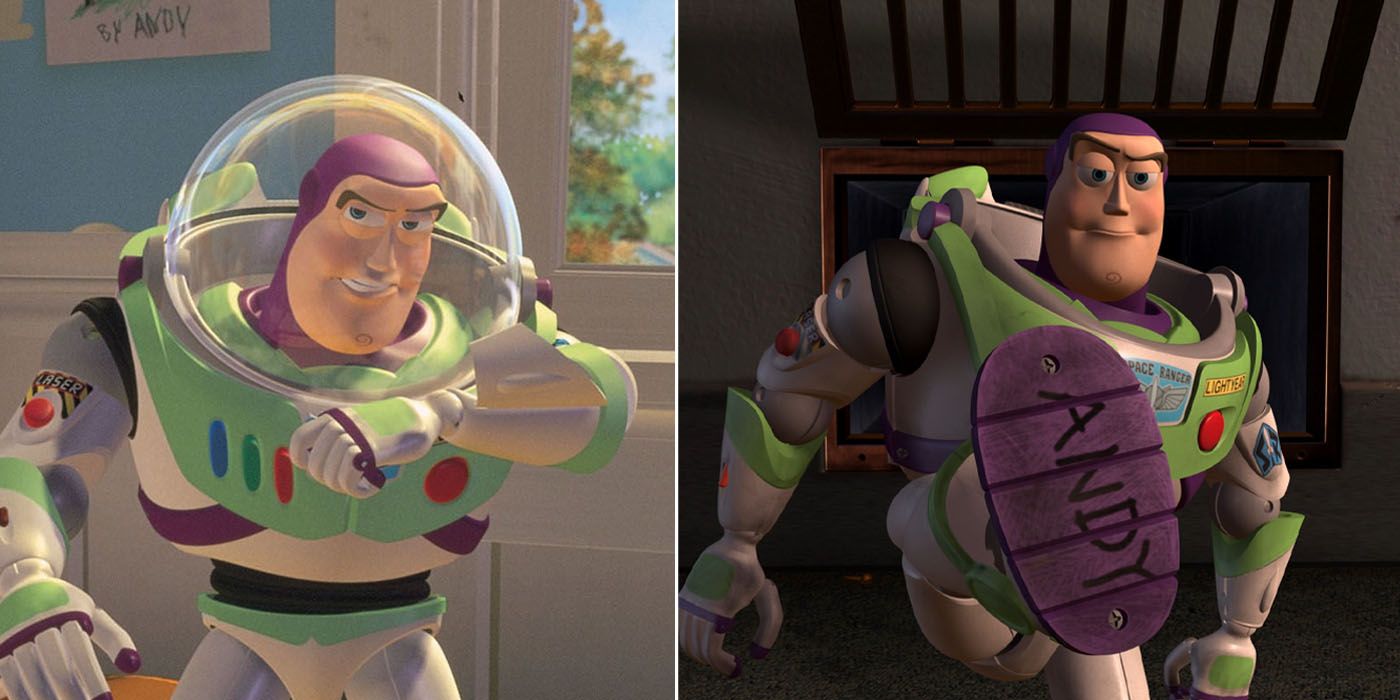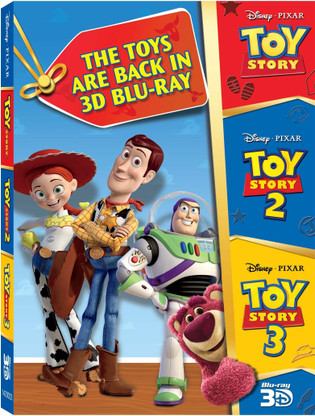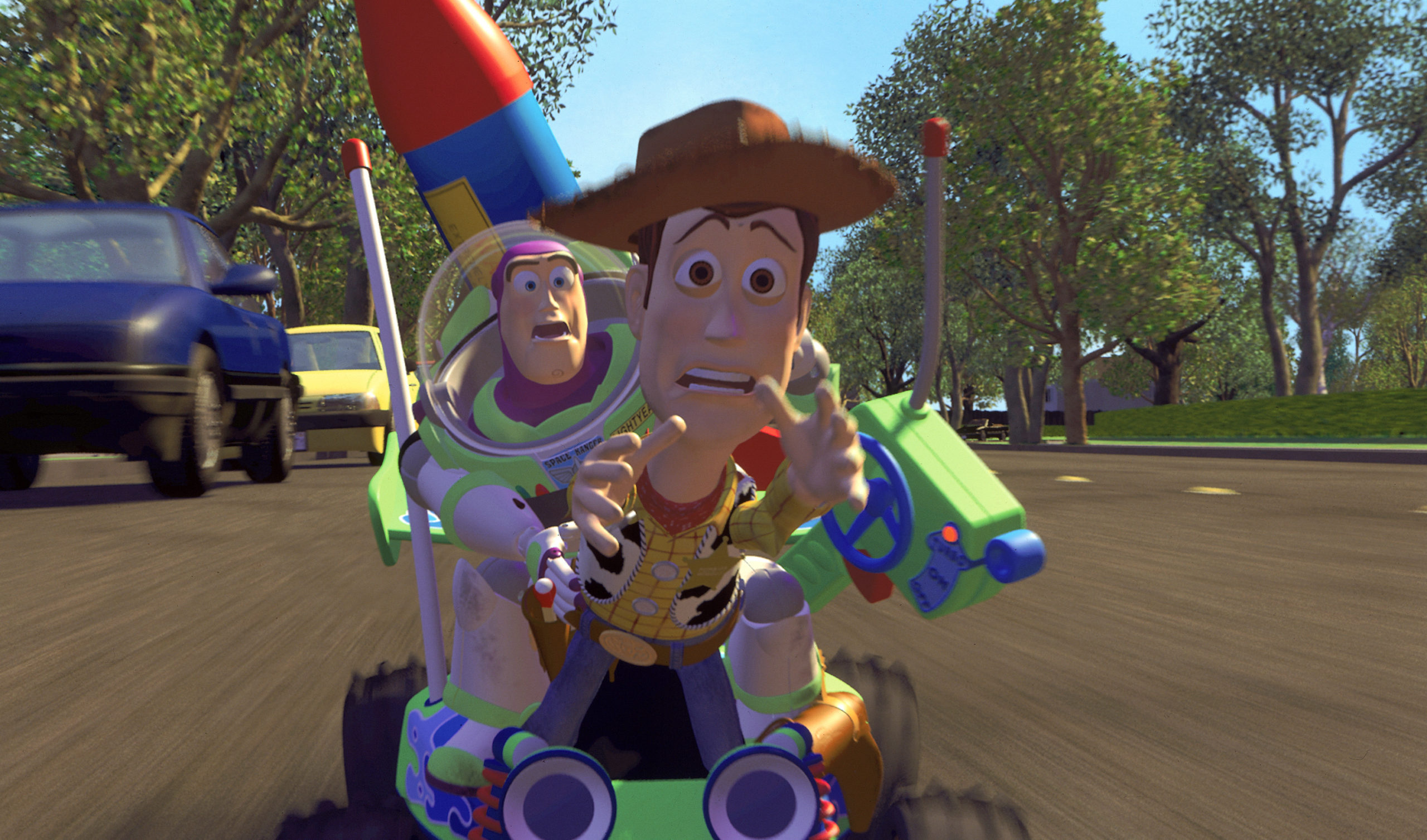
We’re given second chances by those we’ve wronged, and appreciate what we have even if our opinions differ from those around us. Ultimately, we learn to empathize with our family and to heed their advice.

Our need for approval means that we do things we shouldn’t, especially where peer pressure is concerned. We experience changes in our familial relationships as we selfishly and stubbornly go against our parents’ wishes. We might find that our friends aren’t the people we thought they were and tests our devotion to them. In Toy Story 2, Woody faces challenges during the turbulent teenage years. Woody decides to return home, but not before offering a second chance to Jessie, Bullseye, and Stinky Pete to be adored by Andy too – a lesson in empathy born out of the compassion he developed from Jessie’s heartbreaking tale of abandonment.

The power of that loyalty comes to bear when Woody witnesses a kid playing with a version of himself on a Woody’s Roundup episode. He feels at home with the Roundup crew, but can’t shake the bond he’s developed with Andy or his friends. Woody soon finds his allegiances torn after Buzz’s harsh words about being loved by one special kid over millions of others. His need for approval - a common teenage trait - eventually wins out, and his stubbornness becomes directed at Buzz’s rescue party when they arrive to take him home instead. One minute he’s excited for the trip, and the next he’s depressed after Andy accidentally tears a seam in his right arm and ultimately shelves him.Īfter encountering Jessie, Bullseye, and Pete, his Woody’s Roundup crew, the cowboy refuses to join them on their impending Japanese museum transfer. Naturally, things don’t go to plan and his teenage-inspired mood swings take over. Despite shelving his selfishness at Toy Story’s end, Woody’s egocentric personality returns as he puts himself first again ahead of the annual Cowboy Camp trip with Andy. If Toy Story depicts a child-like Woody, Toy Story 2 establishes his teenager phase of development.

When did toy story 1 come out movie#
For a movie directed primarily at children, Toy Story gives us vital lessons that we carry throughout our lives. We learn to do what’s right despite our earlier misconceptions, as proven by Woody’s acceptance of his faults and rescuing Buzz. Expressing these themes literally, such as the cowboy learning to share top spot with Buzz, shows kids that there doesn’t need to be dominance hierarchy.
When did toy story 1 come out how to#
Pixar helps us to understand how to coexist with others through Woody. We fall out with friends, get jealous over the attention given to others, and lie to spare ourselves from being punished. We can’t grasp how big the world is, and the dangers that come with it. He realizes that Andy will still love him despite Buzz’s arrival, and even uses his smarts to concoct a plan to reunite with his owner after the pair escape Sid’s grasp.Īs kids, we don’t understand the hurt we cause others with our immature, coercive personalities. Cowardice is replaced with courage as he overcomes his fear to save Buzz from Sid. Only by the end of Toy Story does Woody take responsibility for his actions and grow as an individual. By later shifting the blame to Buzz about the pair being lost, Woody tries to spare his own embarrassment at creating this awkward situation in the first place. His know-it-all personality is reveals itself when he makes the wrong decision to ride in the back of a Pizza Planet van, and when he fears that Sid’s toys will eat him. Woody’s naiveté about the outside world comes into sharp focus after his plan to dispose of Buzz backfires. Woody’s other insecurities emerge as he immaturely ridicules Buzz over his real space ranger delusion and berates his friends over their infatuation with Andy’s new toy. He’s unwilling to share the spotlight as Andy’s favorite toy, and quickly becomes jealous of Buzz Lightyear upon his arrival. Yet, throughout the first Toy Story, Woody exhibits child-like tendencies. Tom Hanks certainly fits the bill there’s been no better person to voice Woody than the man dubbed “America’s Dad.’”
Everyone’s favorite sheriff is the leader of Andy’s toys, a role that’s suited to confident, strong, charismatic individuals. From childhood to fully-fledged adult, Woody’s tale explores the emotions and personality traits we encounter over time, and the life lessons that shape the people we become.Ĭomparing Woody, an old-fashioned pull-string toy, to anything other than an adult may seem strange. Woody is the driving force of the 24-year-long Toy Story franchise, but his story is more than his unwavering relationships with Andy and Bonnie it’s a metaphor for the growth that viewers experience during our lives.


 0 kommentar(er)
0 kommentar(er)
